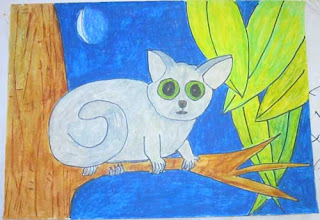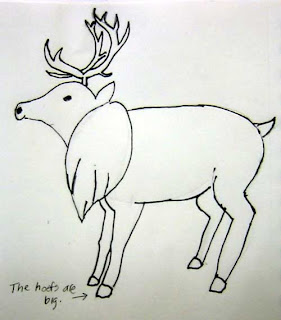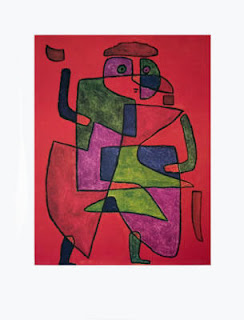Animal Drawing: Bush Baby

The Senegal Bushbaby which is a small, nocturnal primate . The name "bush baby" may come either from the animals' cries or from their appearance. They are agile leapers, and run swiftly along branches. They live in Africa south of the Sahara and nearby islands including Zanzibar. They tend to live in dry woodland regions and savannah regions. They are small primates with woolly thick fur that ranges from silvery grey to dark brown. They have large eyes, giving them good night vision ; strong hind limbs; and long tails, which help their balance. In this lesson we work on scale and proportion of the Bush Baby, using color to create space and depth. Materials: Sketching pencil, color pencils or watercolor pencils, drawing paper Step #1: Draw light guidelines down the center and across the middle of page. Draw a large oval in the middle and overlap a circle as shown. Step #2: Draw the Bush Baby large eyes, triangle nose, mouth and ears. Step #3: Draw a tree branch ...





